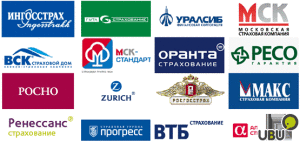
Like many other sectors of the economy, Russia’s insurance market is going through bad times: the extent of insurance is declining, and, even according to the most optimistic forecasts, the nominal growth in insurance contributions in 2016 will not exceed 5 percent, which will be easily lost to inflation. This is hardly surprising, given the decline in car sales, decline in loans issued to the population (which results in the fall of revenues from life insurance,) and the general decline in business activity.
Given this context, the issue of lowering insurance compensations is coming on the agenda. In order to do this, insurance companies are resorting to analysis by “their own” experts who undervalue damages; deliberate slowness with insurance payments, especially with regard to health insurance and life insurance on trips abroad; as well as traditional Russian formalism that demands every document to be printed on a letterhead and to bear a seal. Car owners almost always have to argue with their insurance companies about the amount of compensation for the physical damage to their car, and hire an independent expert to evaluate the cost of repair. Such a situation would be unthinkable in a civilized market: for instance, in the US any repair to an insured vehicle damaged in a car accident would be reimbursed to a maximum estimate, and the only thing the insured has to worry about is whether his or her insurance limits cover the medical costs of the injured party. But even with the exaggerated costs of healthcare in the US, insurance payments in most cases are enough to cover all the costs of the injured.
Apart from manipulations with insurance payments, insurers are increasingly resorting to recourse and subrogation–that is, demanding compensation of their expenses from the guilty party. Read More “Greedy Insurers and Bloodthirsty Collectors”





